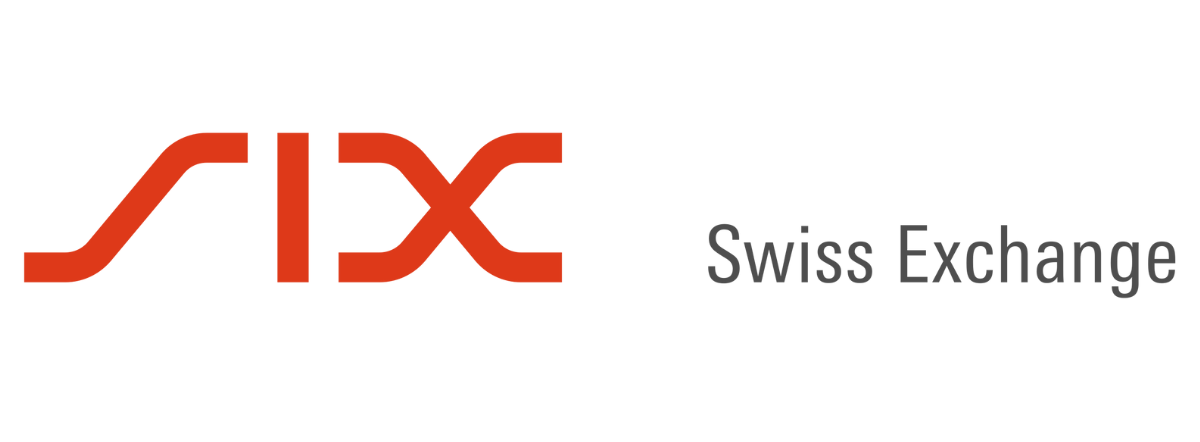A group of 14 exchanges have collaborated on a proposal to build a consolidated tape for equities and ETFs in Europe.
The group have agreed to forming a joint venture to submit an application to be a consolidated tape provider in a future selection process led by the European Securities and Markets Authority (ESMA).
The joint venture includes large index providers such as Nasdaq, Euronext, Deutsche Boerse and SIX Swiss, as well as venues covering Vienna, Prague, Luxembourg, Warsaw, Athens, Bucharest, Cyprus, Zagreb and Malta.
The proposal comes as part of an effort to further develop the EU’s Capital Markets Union (CMU), with banks and asset managers operating in Europe to-date having to contend with the costs and inefficiencies of fragmented data, whereas a consolidated tape has long been a feature of US markets.
Responding to the news, the European Fund and Asset Management Association (EFAMA) said it supported the proposal and added a consolidated tape is key to ensuring European capital markets remain globally competitive.
It added the tape would have use cases for both institutional and retail investors, including receiving best execution on trades and driving more flows into mid and small caps.
Tanguy van de Werve, director general of EFAMA, commented: “It is our sincere hope that the review of MiFID/R will yield a viable framework for the emergence of a consolidated tape.
“The recent announcement by 14 exchange groups is welcome in this regard. Nevertheless, it is important that the resulting equities tape displays both pre and post-trade equities/ETF data in real-time.”
Van de Werve added the equities and ETF tape must be provided on a reasonable commercial cost basis and should meet the needs of market participants, rather than being used to further the individual proprietary feeds of European exchanges.
The lack of a consolidated tape in Europe has long been considered a hindrance to the uptake of UCITS ETFs, especially in competing with the US market for flows from regions from Latin America and Asia.
While Europe-listed ETFs should be more attractive due to not having to pay US withholding tax, the fact investors are not able to see the full liquidity picture of UCITS ETFs has seen many opt for ’40-Act’ equivalents to-date.
Related articles








